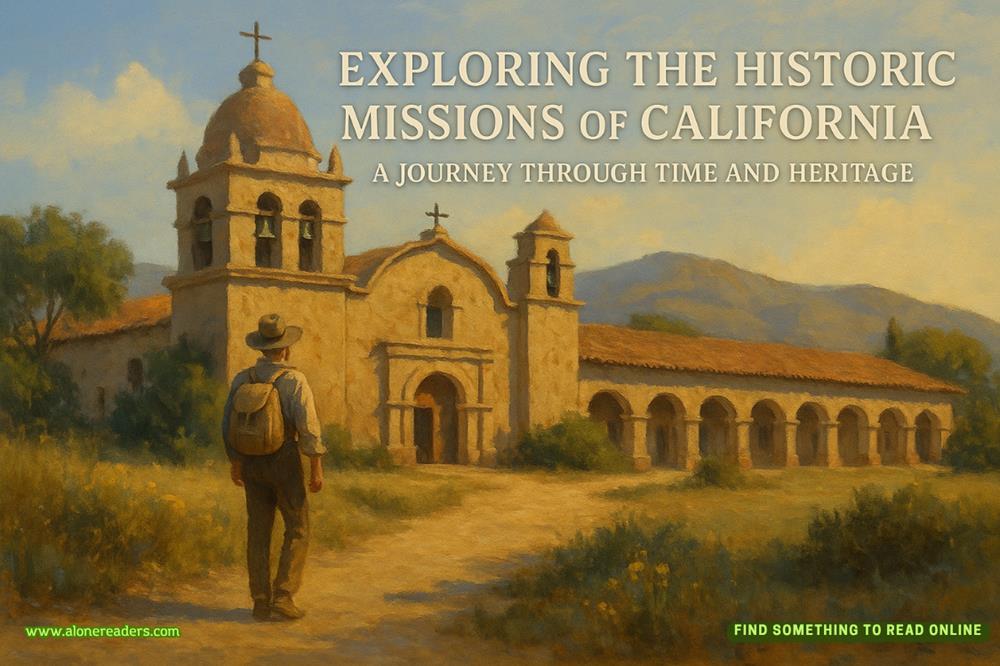Page 149 of The Pillars of the Earth
Philip’s heart missed a beat. Henry could hardly make it plainer: Philip had won.
Philip turned to Bishop Waleran. Waleran’s face was a mask of suppressed fury. He knew he had been defeated again. Philip knelt, bowing his head to hide the look of triumphant delight on his face, and kissed Waleran’s hand.
Tom was enjoying building the wall. It was so long since he had done this that he had forgotten the deep tranquillity that came from laying one stone upon another in perfect straight lines and watching the structure grow.
When the volunteers started to arrive by the hundred, and he realized that Philip’s scheme was going to work, he enjoyed it all the more. These stones would be part of Tom’s cathedral; and this wall that was now only a foot high would eventually reach for the sky. Tom felt he was at the beginning of the rest of his life.
He knew when Bishop Henry arrived. Like a stone dropped into a pond, the bishop sent a ripple through the mass of laborers, as people stopped work for a moment to look up at the richly dressed figures picking their dainty way through the mud. Tom continued to lay stones. The bishop must be bowled over by the sight of a thousand volunteers cheerfully and enthusiastically laboring to build their new cathedral. Now Tom needed to make an equally good impression. He was never at ease with well-dressed people, but he needed to appear competent and wise, calm and self-assured, the kind of man to whom you would gratefully entrust the worrisome complexities of a vast and costly building project.
He kept a lookout for the visitors and put down his trowel as the party approached him. Prior Philip led Bishop Henry up to Tom, and Tom knelt and kissed the bishop’s hand. Philip said: “Tom is our builder, sent to us by God on the day the old church burned down.”
Tom knelt again to Bishop Waleran, then looked at the rest of the party. He reminded himself that he was the master builder, and should not be overly subservient. He recognized Percy Hamleigh, for whom he had once built half a house. “My Lord Percy,” he said with a small bow. He spotted Percy’s hideous wife. “My Lady Regan.” Then his eye fell on the son. He remembered how William had almost run Martha down on his great war-horse; and how William had tried to buy Ellen in the forest. That young man was a nasty piece of work. But Tom made his face a polite mask. “And young Lord William. Greetings.”
Bishop Henry was looking keenly at Tom. “Have you drawn your plans, Tom Builder?”
“Yes, my lord bishop. Would you like to see them?”
“Most certainly.”
“Perhaps you will step this way.”
Henry nodded, and Tom led the way to his shed, a few yards away. He stepped inside the little wooden building and brought out the ground plan, drawn in plaster on a large wooden frame four feet long. He leaned it against the wall of the shed and stepped back.
This was a delicate moment. Most people could not read a plan, but bishops and lords hated to admit it, so it was necessary to explain the concept to them in a way that did not reveal their ignorance to the rest of the world. Some bishops did understand it, of course, and then they were insulted when a mere builder presumed to instruct them.
Nervously, Tom pointed at the plan and said: “This is the wall I’m building.”
“Yes, the eastern facade, obviously,” said Henry. That answered the question: he could read a plan perfectly well. “Why aren’t the transepts aisled?”
“For economy,” Tom answered promptly. “However, we won’t start building them for another five years, and if the monastery continues to prosper as it has done in the first year under Prior Philip, it may well be that by then we will be able to afford aisled transepts.” He had praised Philip and answered the question at the same time, and he felt rather clever.
Henry nodded approval. “Sensible to plan modestly and leave room for expansion. Show me the elevation.”
Tom got out the elevation. He made no comment on it, now that he knew Henry was able to understand what he was looking at. This was confirmed when Henry said: “The proportions are pleasing.”
“Thank you,” Tom said. The bishop seemed pleased with everything. Tom added: “It’s a modest cathedral, but it will be lighter and more beautiful than the old one.”
“And how long will it take to complete?”
“Fifteen years, if the work is uninterrupted.”
“Which it never is. However. Can you show us what it willlooklike—I mean, to someone standing outside?”
Tom understood him. “You want to see a sketch.”
“Yes.”
“Certainly.” Tom returned to his wall, with the bishop’s party in tow. He knelt over his mortarboard and spread the mortar in a uniform layer, smoothing the surface. Then, with the point of his trowel, he drew a sketch of the west end of the church in the mortar. He knew he was good at this. The bishop, his party, and all the monks and volunteer workers nearby watched in fascination. Drawing always seemed a miracle to people who could not do it. In a few moments Tom had created a line drawing of the west facade, with its three arched doorways, its big window, and its flanking turrets. It was a simple trick, but it never failed to impress.
“Remarkable,” said Bishop Henry when the drawing was done. “May God’s blessing be added to your skill.”
Tom smiled. That amounted to a powerful endorsement of his appointment.
Prior Philip said: “My lord bishop, will you take some refreshment before you conduct the service?”
“Gladly.”
Tom was relieved. His test was over and he had passed it.















